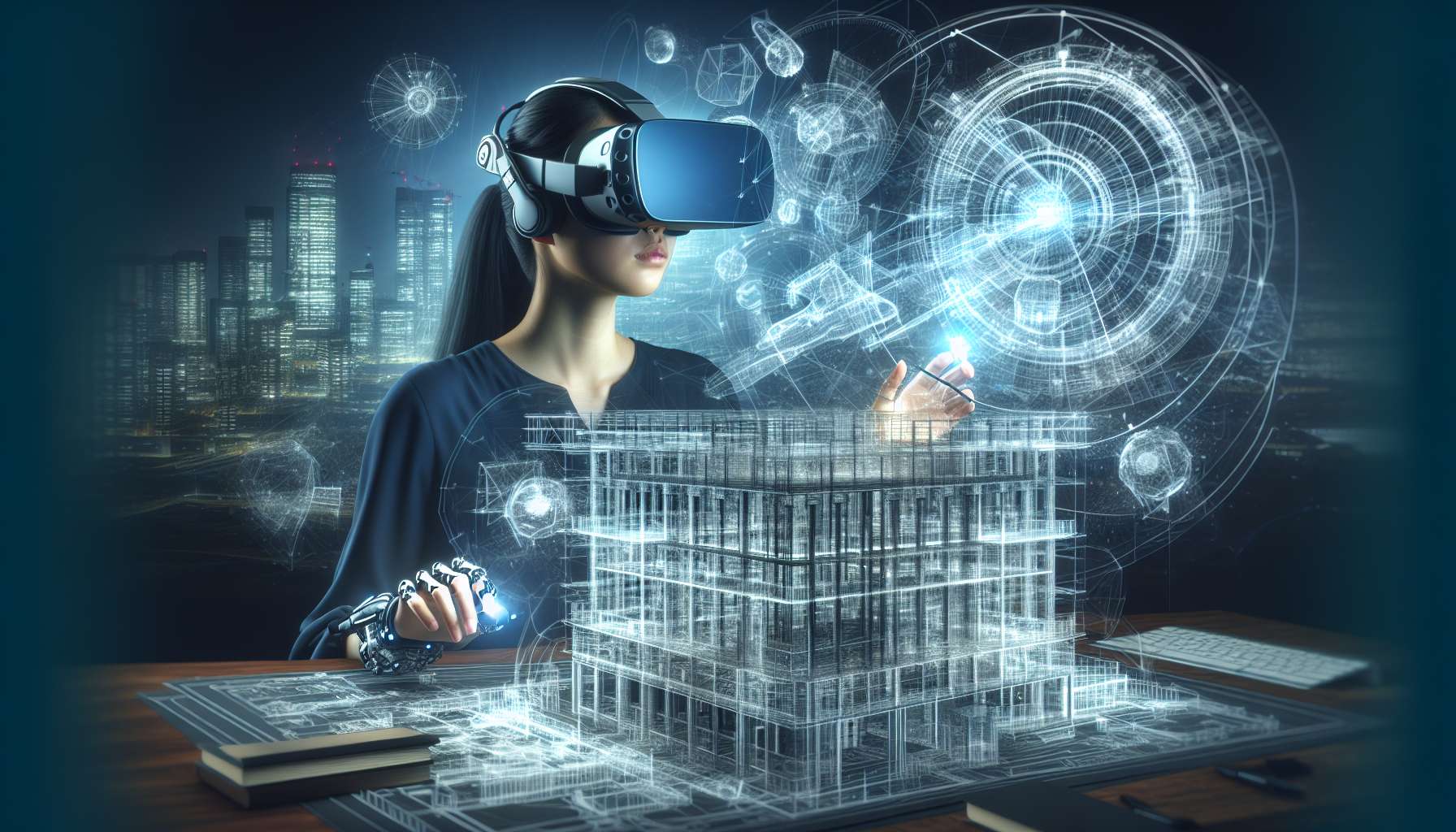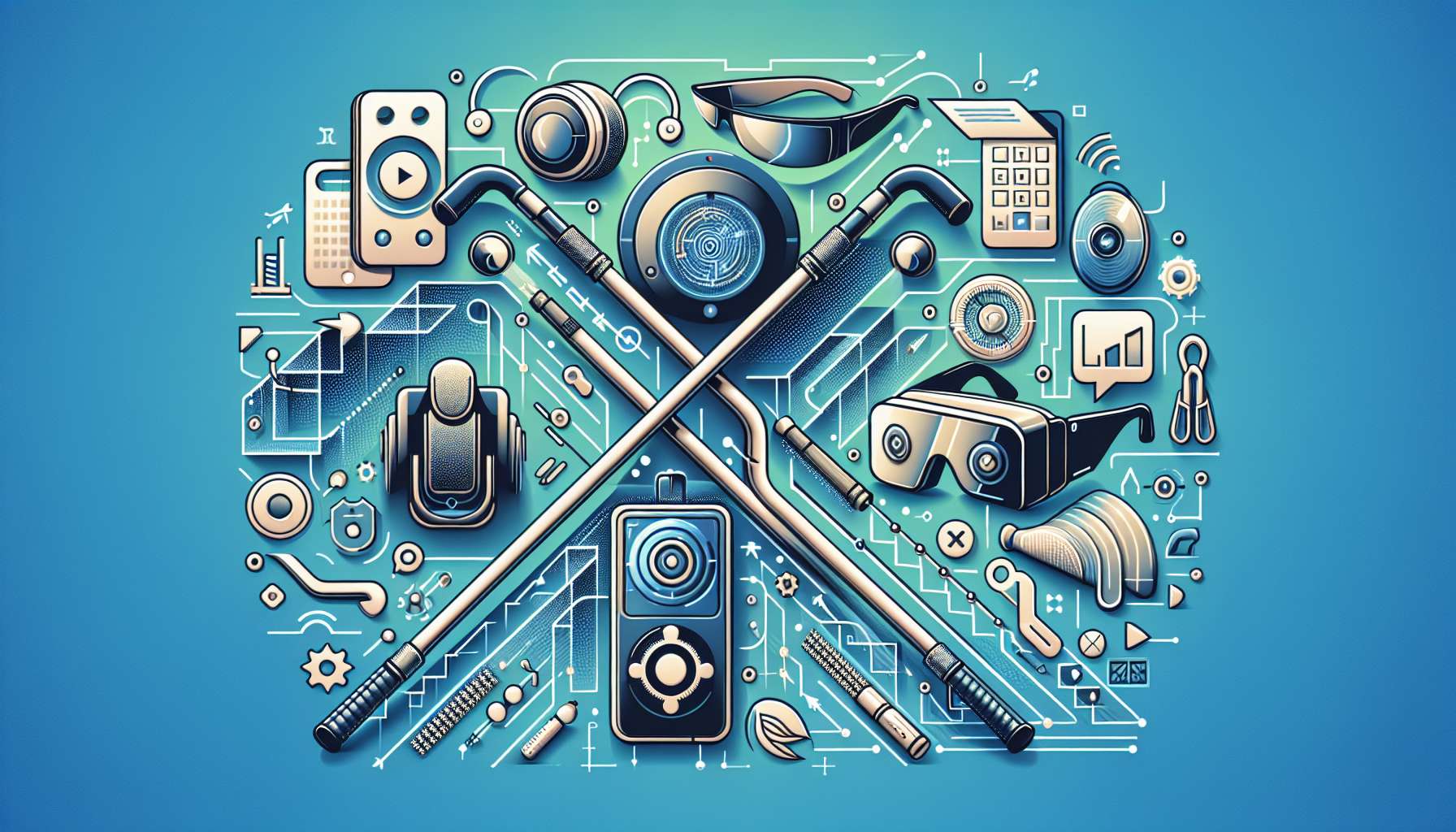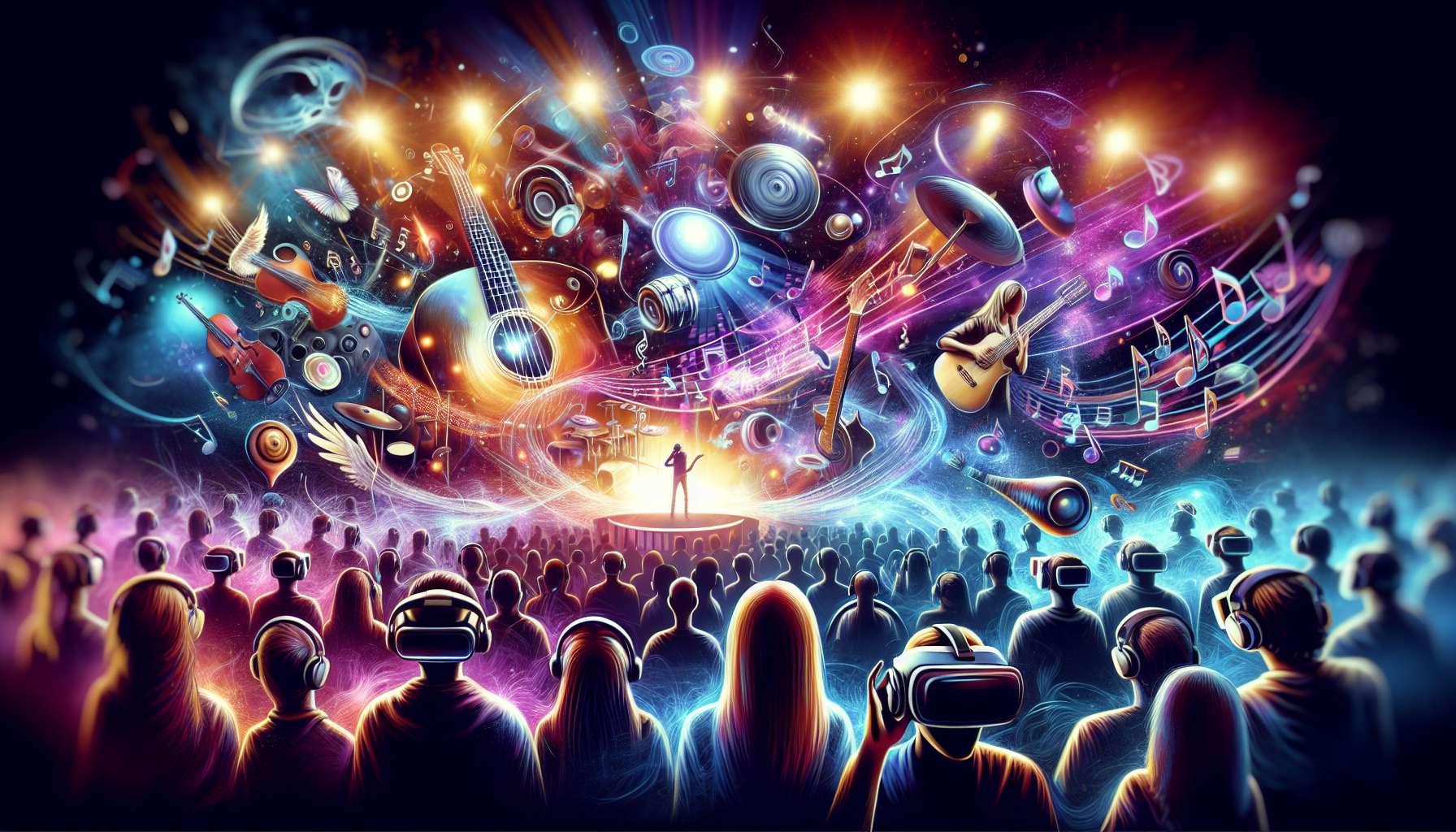Immersive Architectural Walkthroughs with Virtual Reality
Virtual Reality (VR) technology has revolutionized the way we experience and interact with the digital world. One of the most exciting applications of VR is in the field of architecture, where it is being used to create immersive walkthroughs of construction projects. These VR walkthroughs offer architects, clients, and stakeholders a realistic and interactive preview of the final built environment.
Benefits of VR in Architectural Walkthroughs
- Enhanced Visualization: VR allows users to experience architectural designs in a three-dimensional space, providing a more realistic and immersive representation compared to traditional 2D drawings or computer renderings.
- Real-Time Feedback: Architects and clients can explore the virtual environment together, making real-time changes and adjustments to the design. This immediate feedback loop helps in refining the design and ensuring that it meets the client’s expectations.
- Cost and Time Savings: By identifying design flaws and potential issues early in the process, VR walkthroughs can help prevent costly changes during the construction phase. This can lead to significant time and cost savings for the project.
- Remote Collaboration: VR technology enables stakeholders from different locations to participate in the walkthrough simultaneously, fostering better collaboration and communication among team members.
How VR Walkthroughs Work
The process of creating a VR walkthrough for an architectural project typically involves the following steps:
- Modeling: The architectural design is converted into a digital 3D model using specialized software.
- Integration: The 3D model is imported into a VR platform or software that supports immersive experiences.
- Interaction: Users can navigate through the virtual environment using VR headsets and controllers, interacting with elements in the design.
- Feedback: Architects and clients can provide feedback on the design, make changes, and iterate on the walkthrough until the desired outcome is achieved.
Future Trends in VR Architecture
As VR technology continues to evolve, we can expect to see even more advanced applications in the field of architecture. Some future trends to watch out for include:
- Augmented Reality Integration: Combining VR with Augmented Reality (AR) technology can enhance the visualization of architectural designs by overlaying digital information onto the physical environment.
- AI-Driven Design Assistance: Artificial Intelligence (AI) algorithms can help architects generate design options based on specified criteria, speeding up the design process and enabling more creative solutions.
- Virtual Collaboration Spaces: VR platforms that support multi-user environments will facilitate real-time collaboration among architects, clients, and other stakeholders, regardless of their physical location.
In conclusion, VR walkthroughs offer a transformative way to visualize and experience architectural designs, providing numerous benefits in terms of visualization, feedback, cost savings, and collaboration. As VR technology advances, we can expect to see even more innovative applications that will shape the future of architecture.








